When her peers were still uncertain about their academic choices, Luo Ziming (Alex) had already sketched out her future with a paintbrush—the offer from UCL's History of Art program was her "trophy," earned through 16.5-hour portrait sessions, a 150-page art portfolio, and countless late nights spent in front of the canvas.
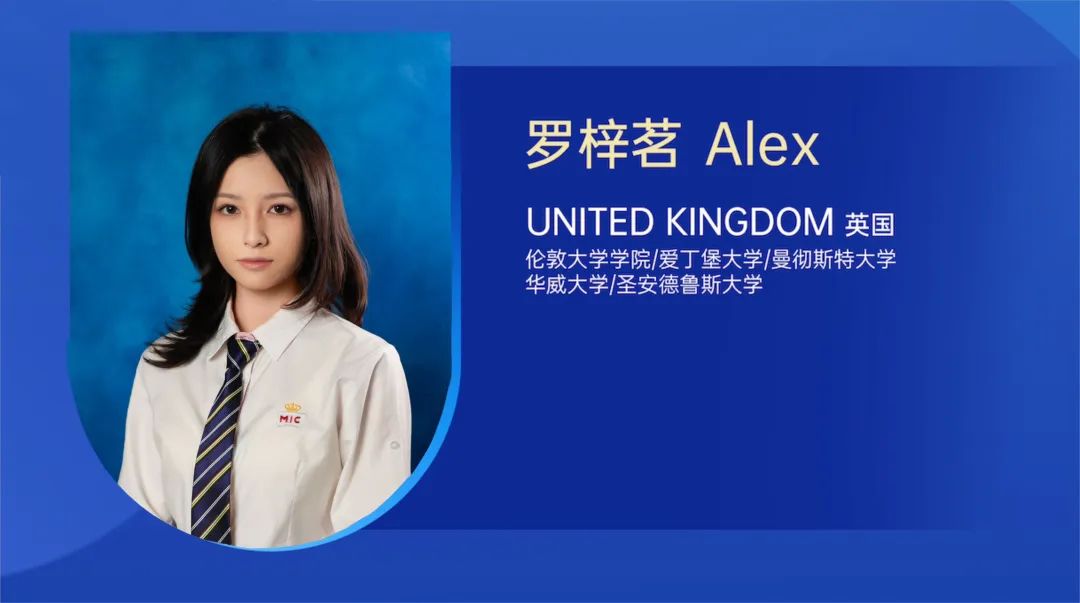
Who would have thought that this girl, now immersed in art history, was once a "science geek" obsessed with chemistry experiments? "I loved observing the color changes of metals after oxidation—it felt like nature's own palette," Alex recalls with a smile. She once dreamed of studying chemical engineering because of her love for chemistry.
When she first entered MIC, she struggled with choosing a major: from chemical engineering to education, and finally settling on art history, each shift stemmed from deep self-exploration. "At first, I wanted to study chemical engineering because I was fascinated by chemical reactions. Later, I considered education because I enjoyed teaching my classmates," she says. However, after in-depth discussions with her college counselor, she realized that art history was the perfect field to blend her artistic talent with academic interests.
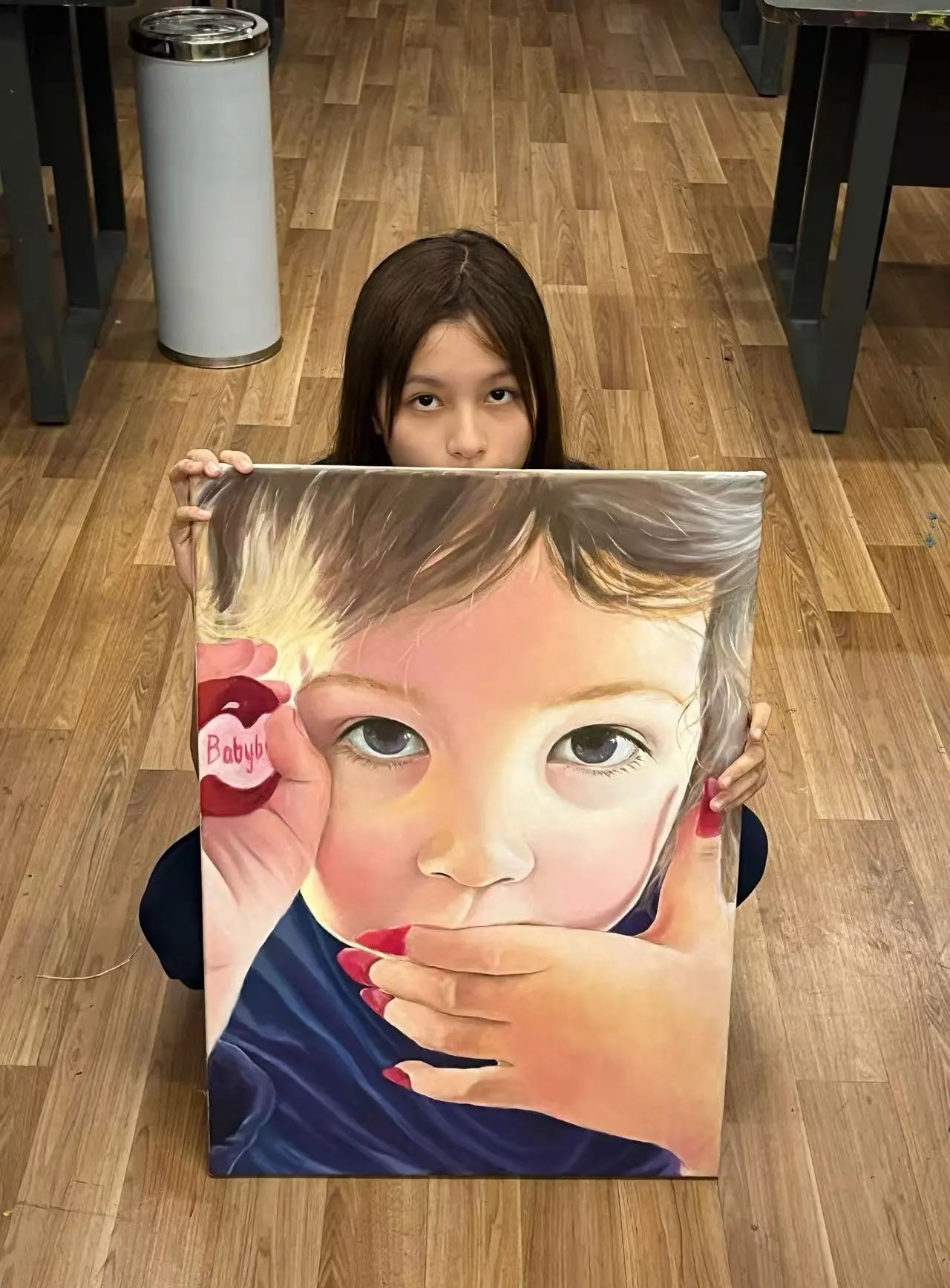
"I’ve loved drawing since childhood, whether it was realism or anime styles," Alex shares. The learning rhythm at MIC helped her find a study method that worked for her. By managing her time efficiently—using breaks and evening study sessions wisely—she not only kept up with her demanding coursework but also continued her art projects, using painting as a way to unwind and recharge. This passion drove her to self-study and explore, eventually transforming into the motivation for her academic pursuits.
"Art history isn’t just about the past—it’s a testament to human creativity." In her application essay, Alex cleverly connected chemistry and physics with art history, proposing a unique perspective: "Scientific progress drives innovation in artistic mediums." For example, she explored how metal oxidation influenced paint pigments, even tracing back to ancient traditions like egg tempera painting. This interdisciplinary approach made her essay stand out and became a key factor in winning over the admissions officers.
Unlike most art students, Alex never attended a professional art training institution. "My teachers were Bilibili and Instagram," she jokes. From copying anime characters as a child to studying Renaissance perspective techniques, she honed her skills through online resources and sheer determination.

With her self-taught foundation and independent research skills, she completed an impressive A-Level art portfolio centered on the theme of "light and shadow." Using mediums ranging from classical oil paints to modern acrylics, she showcased the evolution of light interpretation in art history—from the rigor of classicism to the spontaneity of impressionism and the subjectivity of post-impressionism. Even more astonishing? She finished 70 pages of research and artwork in just two weeks, ultimately earning an A* and adding a brilliant highlight to her application.
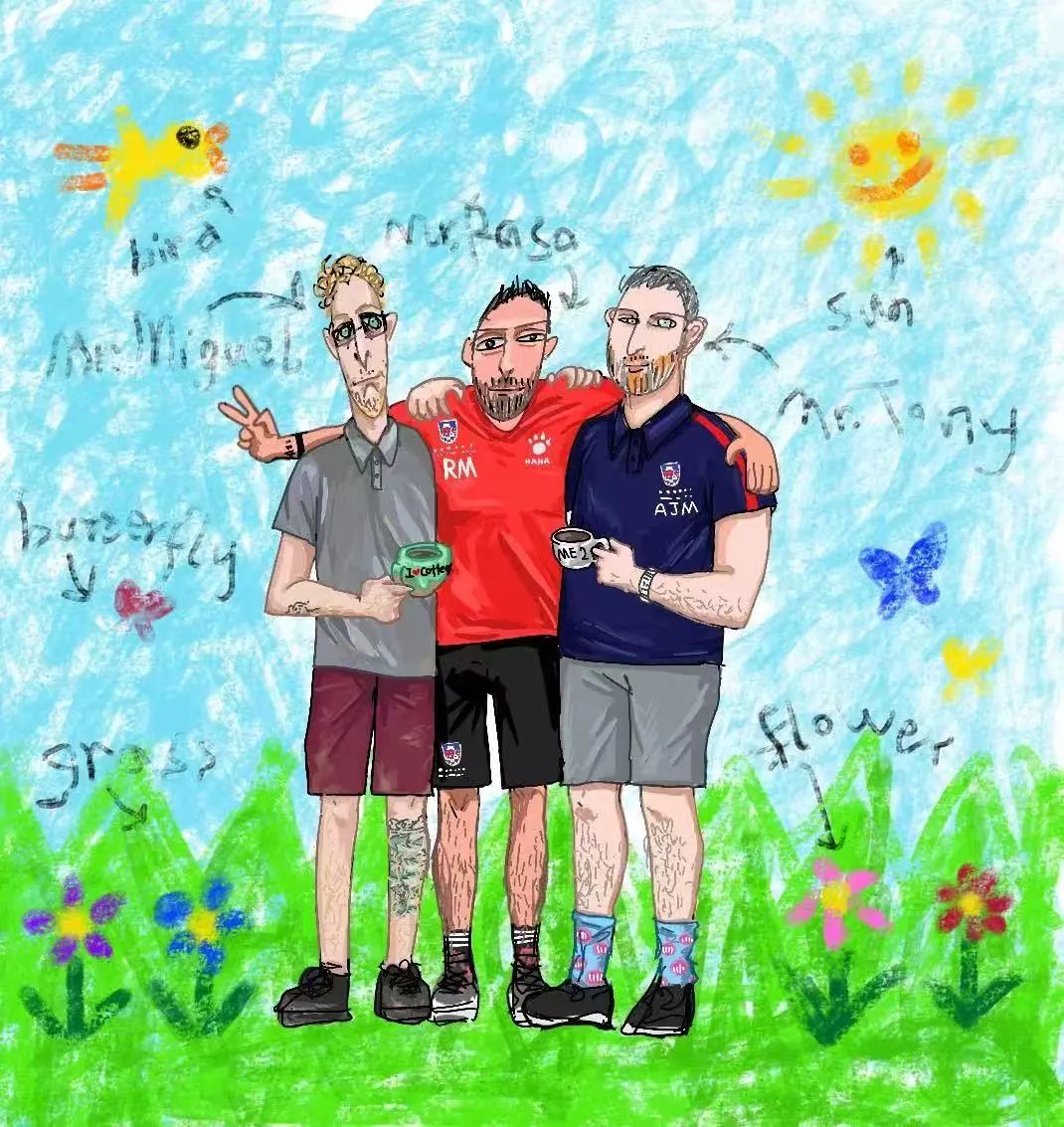
This "self-made" artist left everyone in awe.
If you think Alex is just a quiet, introverted artist, think again. During her three years at MIC, she tried almost every art-related activity imaginable: at the graduation music festival, she overcame stage fright and performed a musical number wearing a DIY "mosquito net veil," stunning the audience with a rendition of a song from Hamilton. "It was my farewell to high school and also a dream come true since middle school," she says with a grin.
"Painting is my way to decompress and communicate with the world—but I also love crafting." To create one-of-a-kind sneakers, she bought acrylic markers and turned plain canvas shoes into wearable art. She once spent 16.5 hours painting a portrait of her favorite celebrity. Recently, she’s taken up sewing: "I’ve already bought fabric—I’m going to design and make my own clothes!"
"Don’t let ‘should’ bind you." Reflecting on her journey, this is Alex’s biggest takeaway. "Everyone told me art had no future, but my portfolio proved them wrong." She encourages younger students to boldly explore interdisciplinary paths and merge their passions with academics: "Art history taught me that all subjects are connected—the key is discovering their beauty."
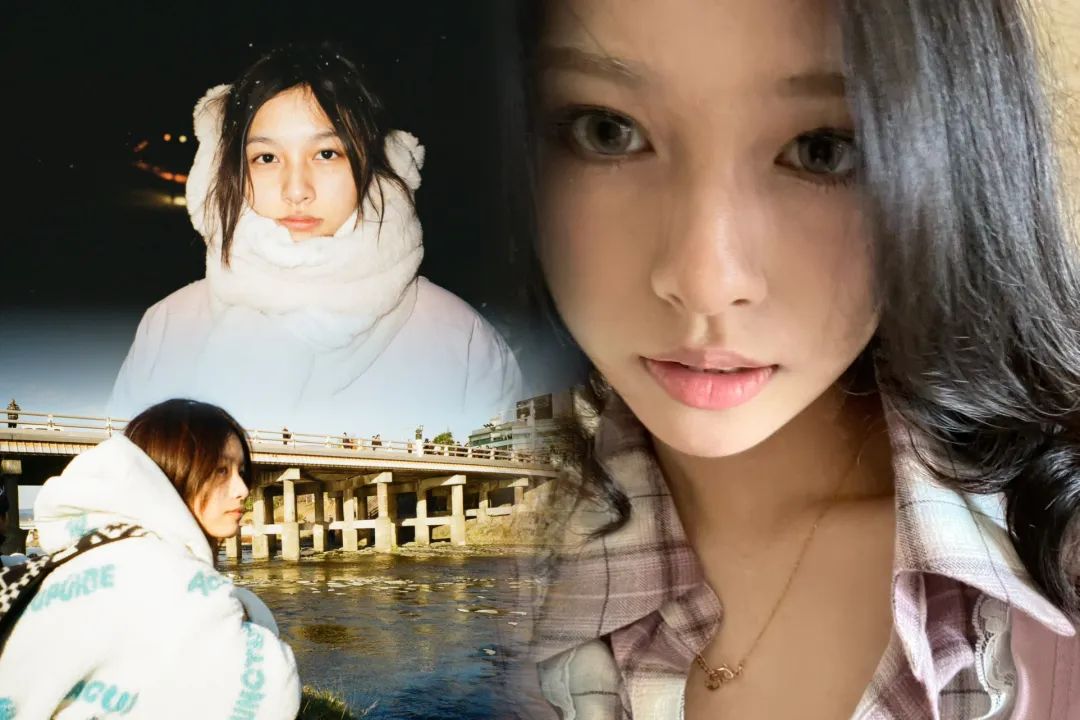
She’s especially grateful to MIC’s teachers: "They never pushed me to take the ‘safe’ route. Instead, they encouraged me to blend my interests in chemical engineering, education, and art, which led to my unique application story."
Now, this once-uncertain girl is ready to embark on her next adventure at UCL, armed with her paintbrushes and curiosity. Behind her, MIC’s educational philosophy—"respect every dream"—has blossomed yet another extraordinary success.
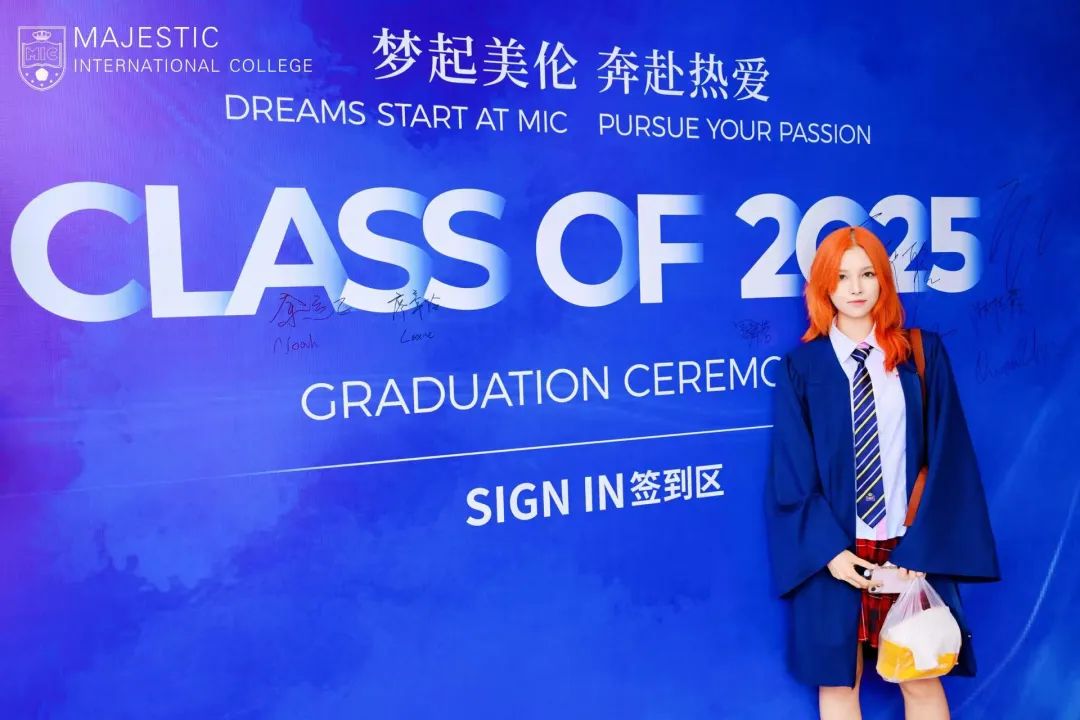
In an era of increasingly standardized applications, Alex’s story reminds us: true competitiveness often lies in your most "unconventional" hobbies. Through its embrace of individuality, MIC empowers every student to find their own brilliance.